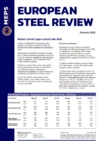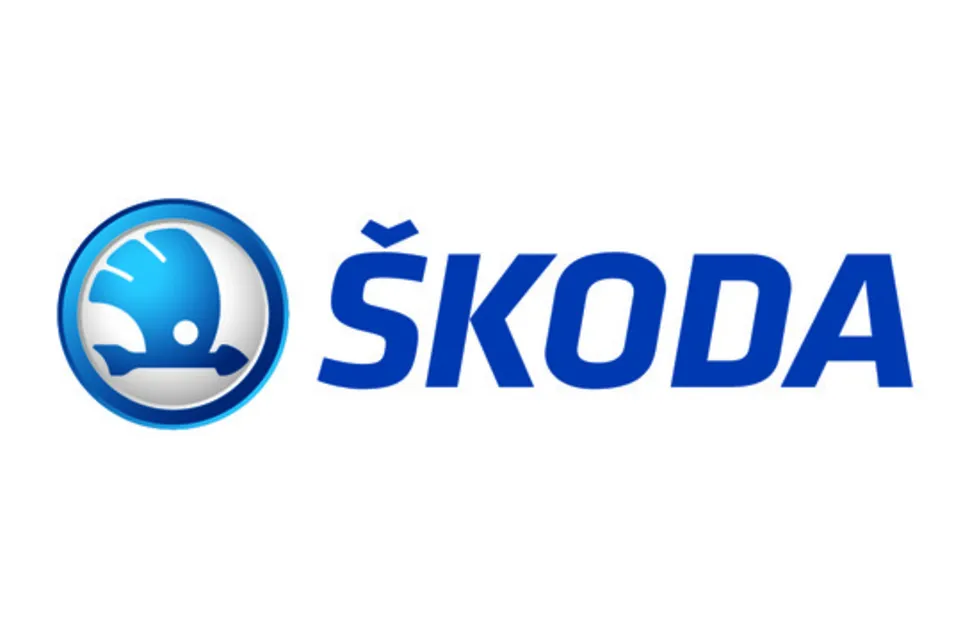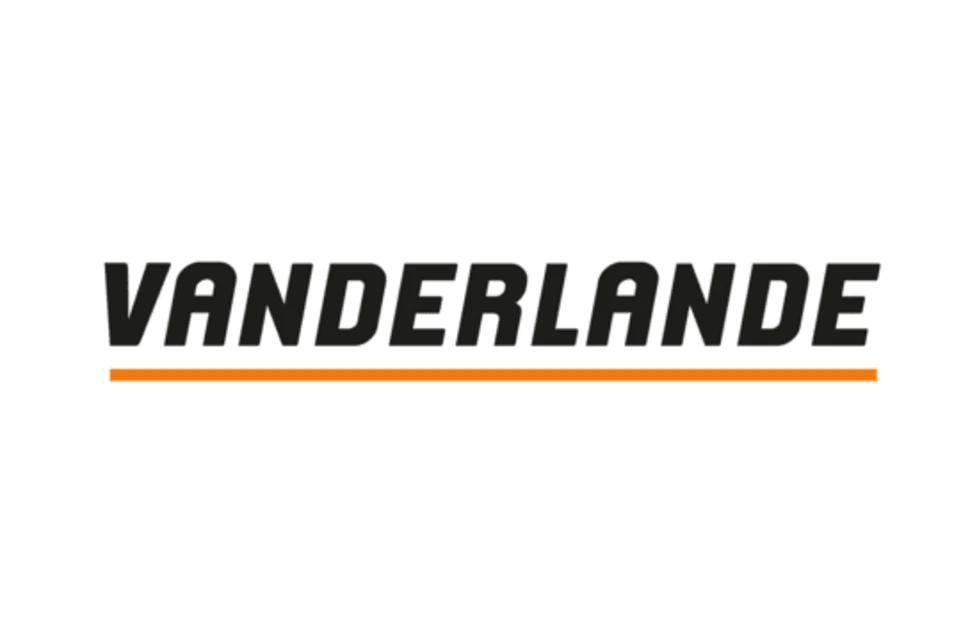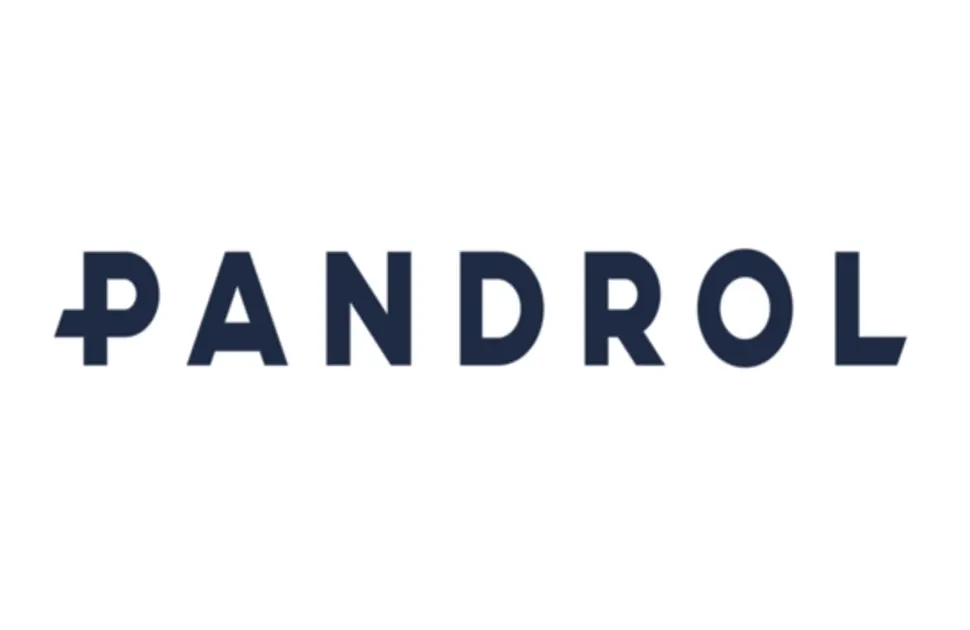War returns to Europe - How will it affect steel supply?
In this series of articles, MEPS analyses the effects of the Russia-Ukraine war on the steel market in Western Europe. In part one, we examine the implications for steel supply.
EU steel supply
Steel producers – particularly EAF-based long product mills in Italy and Spain – suspended their steelmaking, in recent weeks, due to their soaring energy costs. Many continued their rolling operations, using billet stock. Meanwhile, a transport workers’ strike in Spain is curtailing output at several downstream facilities.
Steelmakers across Europe are believed to be adjusting their shift patterns, to avoid producing at times of the day when electricity costs are at their peak.
Several integrated mills suggest that they have sufficient raw material inventory to cover their immediate requirements. However, significant concern exists about the ability of the mills to obtain sufficient feedstock in the coming months.
Local steel supply is expected to tighten in the second quarter, as mills reduce production due to the effects of high energy prices and the diminished availability of raw materials. This will exert upward pressure on European steel prices. Delivery lead times are likely to extend, and the mills will place many customers on allocation.
Material availability is also expected to diminish for downstream steel products, such as sheets, tubes and hollow sections. Prices for these are currently rising rapidly.
Supply from Russia, Ukraine & Belarus
Steel from the above three countries is a key part of the European supply chain. Russia, Ukraine and Belarus account for almost one-quarter of finished steel imports into the EU and UK, and 80 percent of the region’s imports of semi-finished steel.
Russia
On March 15, the EU announced that it had prohibited Russian-origin imports of “key goods in the iron and steel sector”. Russia is the largest foreign supplier of merchant bar and hot rolled coil/sheet in the region – accounting for 30 percent and 21 percent, respectively, of imports of these products. Moreover, it is the second largest supplier of rebar, plate and wire rod, with a share of between 15 and 18 percent.
From April 1, the European Commission will proportionally redistribute any country-specific tariff-rate quotas that previously applied to Russia and Belarus, amongst other countries subject to the safeguard measures. The revised allocations will be based on the 2021 import statistics. Additionally, the UK has applied an extra 35 percent tariff, over and above any existing rate, on all iron and steel products from Russia and Belarus.
The EC has made provisions for customers with previously agreed contracts with Russian and Belarusian mills. However, even with the granting of a transition period, obtaining material is likely to be difficult for a variety of financial and logistical reasons.
Payments are hard to make due to banking restrictions. Many transport companies are unwilling or unable to deal with Russian steel suppliers, amid a shortage of vessels and difficulties acquiring insurance. Moreover, a large number of customers wish to avoid the risk of buying products from businesses in Russia, and there is pressure on many companies to eliminate Russian-origin material from their supply chains.
Ukraine
Steel production in Ukraine is directly affected by the conflict. The major domestic steelmakers have suspended their output and declared force majeure. Several smaller mills are reported to remain operating, despite the fighting.
Even if production were to continue, it would be very difficult to deliver material to European customers. Infrastructure has been damaged, key ports have ceased operations, and many road and rail transport routes are deemed unsafe, due to the military action.
Ukraine is the largest foreign supplier of hot rolled plate into the EU and UK – accounting for 40 percent of the region’s plate imports. Moreover, Ukrainian mills sell more than 450,000 tonnes per year of rebar, wire rod, structural sections, and merchant bar into Europe. This is equivalent to approximately 6.5 percent of the region’s annual imports of long products.
Belarus
At the beginning of March, the EU banned steel imports from Belarus, due to the nation’s involvement in Russia’s invasion of Ukraine.
Belarus is in the top five countries of origin for imports of rebar, wire rod and merchant bar into the EU and UK. Its shares of imports for these products, in 2021, were approximately 14 percent, 10 percent and 7 percent, respectively. Furthermore, it is the third largest external source of supply of seamless tubes – accounting for around one-sixth of the inflow for this product category.
Alternative sources of supply
India
Indian mills are best placed to fill the void in Europe left by the absence of CIS-based producers. We have received reports that they have already sold substantial tonnages of hot rolled coil to Italian customers, and agreed contracts with buyers in northern Europe, for the supply of value-added strip mill products.
High steel prices in Europe make the region an attractive market for Indian exporters, relative to the lower profit margins that they would secure by selling to customers in Asia or the Middle East. However, mills in India are struggling with very expensive Australian-origin coking coal and rising energy costs. Furthermore, ongoing port congestion and poor vessel availability, leading to delivery delays, are expected to constrain the volume of steel arriving in Europe from India.
Turkey
Turkey – Europe’s largest overseas supplier of finished steel – is hoping to benefit from the absence of competition from CIS mills. Steelmakers in the country are aiming to lift both local supply and exports. However, high energy costs are hampering output, particularly at EAF-based producers. This is the main production route of steelmaking in Turkey.
Furthermore, local mills have a heavy reliance on feedstock originating from Russia and Ukraine. Although trade is still taking place with CIS-based suppliers, payment options are limited, and the risk of continued purchasing is heightened.
China
Opportunities exist for Chinese steelmakers to raise their shipments to European customers. This is despite the existing antidumping and countervailing duties in place. Increased export volumes would help Chinese mills to, at least partially, compensate for current sluggish local sales volumes.
However, the Chinese authorities are keen to adopt a more inward-focused strategy and promote market stability. Domestic steel producers are being encouraged to concentrate on their home market. A substantial hike in export prices for finished steel products, and a subsequent increase in local values, would likely result in the implementation of export taxes, to curb inflation.
Other alternative suppliers
Other countries that may attempt to lift their shipment volumes to Europe include those in East and Southeast Asia, such as South Korea, Taiwan, Japan, Vietnam, and Indonesia. Additionally, Egyptian hot rolled coil producers and Algerian rebar/wire rod mills are potential sources of supply.
Meanwhile, several European traders report receiving offers from steelmakers in the United States and Canada – a relatively uncommon situation. These quotations may evaporate if local prices in the North American market escalate significantly.
If European production is cut, local steel buyers will inevitably seek alternative supply options. However, existing logistical difficulties, including congestion at ports, shortages of vessels, displaced containers, and high freight costs are expected to hamper import activity.
In the next part, we will analyse the impact on steel feedstock and energy costs.
Related Articles
Intro War returns to Europe - What does it mean for steel buyers?
Part 2 War returns to Europe - How will it affect steel feedstock?
Part 3 War returns to Europe - How will it affect steel demand?
EU outlaws Russian steel
Steel prices surge as war in Europe disrupts supply chains

Source:
European Steel Review
The MEPS European Steel Review is an informative, concise and easy-to-use monthly publication, offering unique professional insight into European carbon steel prices.
Go to productRequest a free publication





